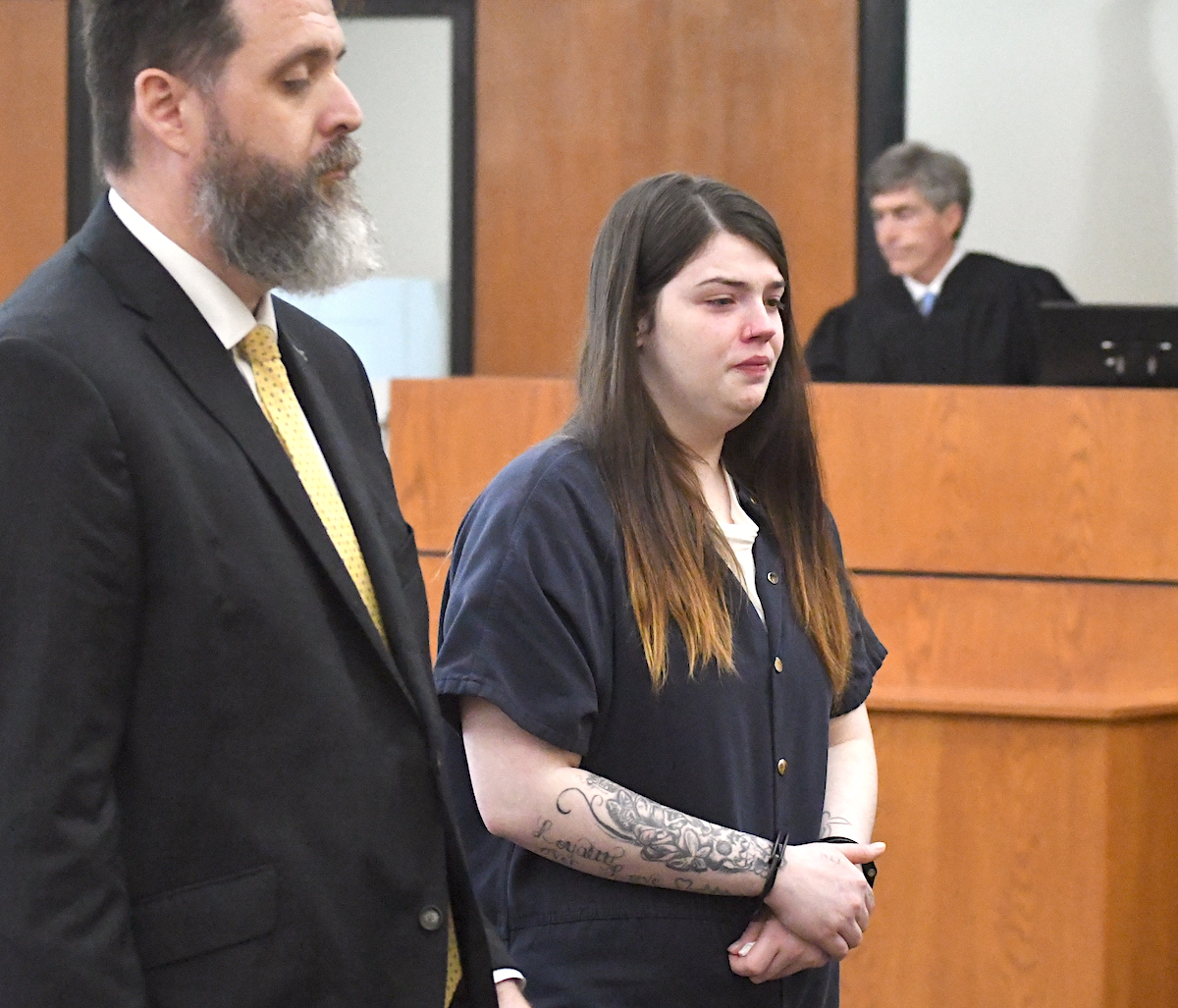Arthritis Bursitis of the hip
Published 10:03 am Wednesday, October 2, 2024
This month’s article centers on a common misconception of a common aging problem. Hip replacement vs. conservative treatment in painful hip joints.
If you have been having hip pain for a while you probably are thinking that your hip joint is developing arthritis. This is a natural response to a collective condition involving aging folks. When you go anywhere in town, to the grocery store, or to a restaurant, people tend to talk about their ailments and one of the most common chatters these days seems to be about their hip replacement. It seems as though a hip replacement is as common as graying hair or facial wrinkles. I think our local Krogers has a Monday afternoon gathering of hip replacement patients in the dairy section in the back corner.
Arthritis, in fact, is as nearly common as gray hair or facial wrinkles. Given enough time, all joints will break down, especially on the weight bearing joints — hips and knees. But, and this is important, not all hip pain is arthritis — even in 90 year old people. So, you ask, what else can it be? Well, there are several common causes of hip pain. Bursitis, degenerative arthritis, Piriformis Syndrome, Inguinal Hernia, Sacroiliitis, tendonitis, fibromyalgia, osteomyelitis or bone infection or septic hip, or even stress fractures. In my practice the most common causes patients come in to see me for hip pain are arthritis and Bursitis. The other causes can be discussed in another article.
Degenerative arthritis is caused by the breakdown of the cartilage and bone of the hip joint. The hip bones are composed of the femoral head and the acetabulum (cup). Over time the cartilage begins to wear down and later the underlying bone. This is usually caused by aging and repetitive use of the hip, fractures, altered kinetic chain events from limping due to back, ankle or knee pain, and many other sources. The majority of elderly people will develop this, and this is really a natural aging process.
The symptoms of hip arthritis is usually (but not always) groin pain. When your doctor examines you, he will palpate many areas around your hip. With arthritis of the hip you will experience tenderness in your groin, not the outside part of your hip.
He will also have you lay on your back and bend your hip as far as you can. Normally you should bend it 90 degrees and beyond. With arthritis the range of motion will be less than 90 degrees. He will then rotate your hip with internal and external rotation with your hip bent as far as possible. Normal rotation will be non-painful (except for stretching pain). With degenerative arthritis your limit will be far less with the rotation. A good way to judge the rotation would be to have your doctor compare your painful hip to your opposite (and hopefully non-arthritic) hip. This maneuver will be painful with arthritis.
When this exam and your x-rays point to a severe arthritic hip and this arthritis affects your lifestyle, and is increasingly painful, your doctor might recommend a hip replacement. But absolutely do not rush into this. A hip replacement is NEVER and I repeat NEVER a necessity. If your doctor says you have to have a hip replacement, politely say thank you and leave his office.
There is no condition that I am aware of when a hip replacement is a must (except of course with a fracture, cancer, bone infection etc.). A hip replacement is always an option, never a necessity. This is not a heart attack or other life-threatening conditions. Do not let him tell you that if you wait too long it will be harder or too late to do the operation. That’s hogwash. He just doesn’t want to lose you to another orthopod. You do it when you can no longer accept the pain, and it is on you and your family’s schedule. Go to an orthopedic surgeon who has experience and does these operations frequently. There is no better measurement than experience (and I guess vetted through social media but don’t let anybody know I said that).
The good news about hip replacements, if done properly, is a safe, and highly effective operation. The results are predictable. Patients will usually walk on their hip that night or the next day (with help from a physical therapist and a walker). The techniques and technology of this procedure have advanced over the years where nearly every patient is happy with the results. But remember, don’t rush into it.
Bursitis of the hip presents with lateral pain or pain on the outside of your hip. It is not associated with groin pain; you will usually have a full range of motion although it might be slightly painful with extremes of motion. This common condition is called Trochanter Bursitis. It is called this because the outside edge of your hip bone is called the Greater trochanter. It is extremely common and rarely if ever requires surgery. I have never operated on this condition.
The treatment is physical therapy, checking your gait patterns, perhaps using shoe inserts if one leg is different from the other. The use of steroid injections in the bursae is usually used but not frequently.








